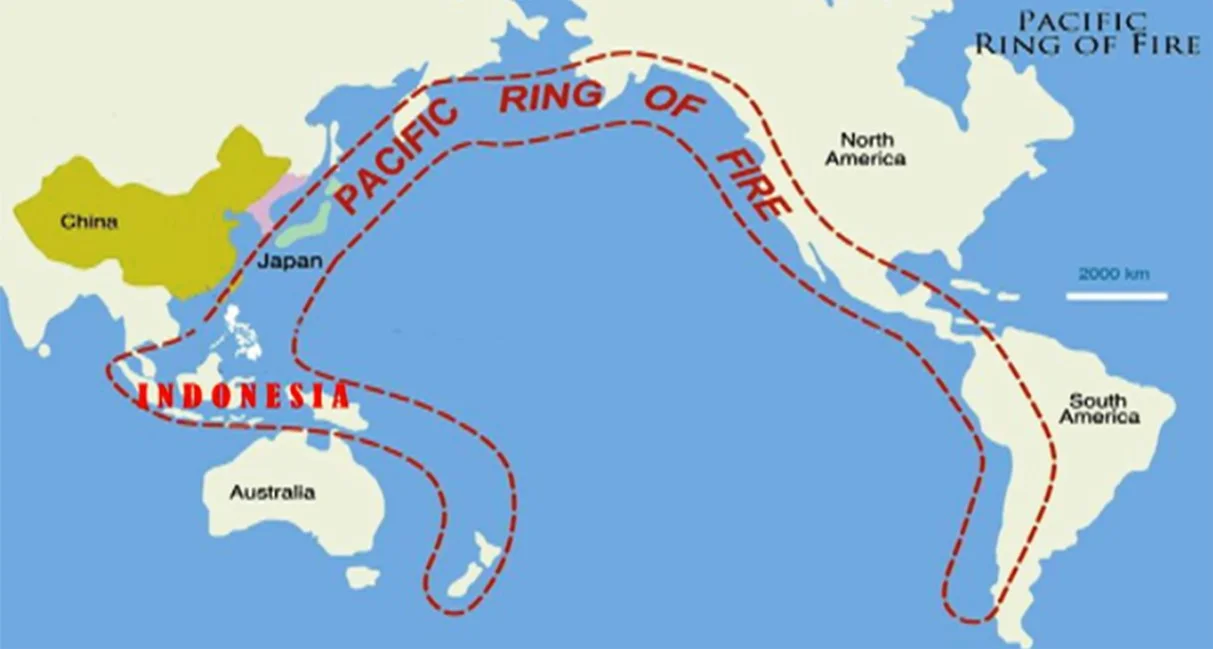Answer:
| Approach:
Introduction:
- Explain what archipelago is.
Body:
- Explain the geography and physical processes in the formation of these islands of the region.
Conclusion:
- Conclude your answer with a summary of the answer.
|
Introduction:
The Indonesian and Philippine archipelagos are renowned for their thousands of islands. The formation of these islands is a result of complex geological processes that have taken place over millions of years. Understanding the mechanisms behind the formation of these islands is crucial for developing strategies to mitigate the potential hazards associated with natural phenomena in these regions.
Body:
Plate Tectonics and Volcanism:
- The Role of Plate Tectonics : The islands of Indonesia and the Philippines are located along the Pacific Ring of Fire, a region characterized by active volcanoes and frequent earthquakes. This region is also the site of intense plate tectonic activity, where several tectonic plates collide and interact with each other.
- The Subduction Process: The islands of Indonesia and the Philippines are situated on the boundaries of several tectonic plates, including the Eurasian Plate, the Philippine Sea Plate, the Pacific Plate, and the Indo-Australian Plate. The interaction of these plates has created a zone of subduction, where the denser oceanic plate is forced beneath the less dense continental plate.

- Volcanic Eruptions: The subduction of the oceanic plate results in the melting of rock in the Earth’s mantle, which generates magma that rises to the surface and forms volcanoes. Over time, repeated volcanic eruptions can result in the accumulation of volcanic material, which can build up and eventually create new islands.
Sedimentation and Erosion:
- Role of Sedimentation: Volcanism is the formation of islands in the Indonesian and Philippine archipelagos that is also influenced by sedimentation and erosion. Rivers that flow into the ocean bring large amounts of sediment, which can accumulate on the ocean floor and form shallow banks or reefs.
- Island Formation: The accumulation of sediment and organic material can lead to the formation of islands. Erosion plays a role in shaping the landscape of the archipelagos, as the forces of wind and water can erode the volcanic material and expose underlying rock formations.
Sea Level Changes:
- The Impact of Sea Level Changes: Sea level changes can contribute to the formation of islands in the Indonesian and Philippine archipelagos. During times of low sea level, areas that are currently submerged can become exposed, creating new land masses.
- Rising Sea Levels: Conversely the rising sea levels can submerge areas that were once above water, resulting in the disappearance of islands. The interplay of these various geological processes has contributed to the formation and evolution of the Indonesian and Philippine archipelagos, resulting in the diverse and complex island systems that exist today.
Conclusion:
The formation of islands in the Indonesian and Philippine archipelagos is the result of several geological processes, including plate tectonics, volcanism, sedimentation, erosion, and sea level changes. These processes have interacted over millions of years to create the diverse and complex island systems that exist today. Knowledge of these processes is critical for understanding the natural phenomena associated with the islands and for developing strategies to mitigate potential hazards.
